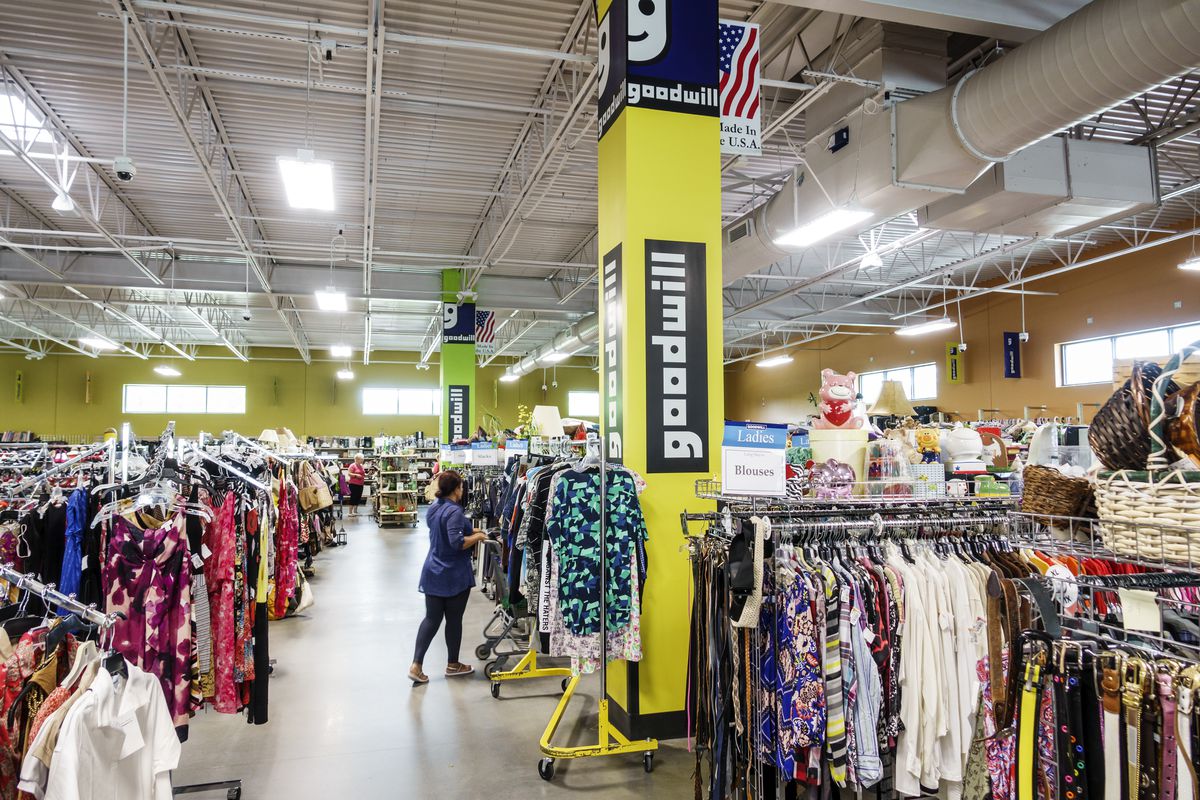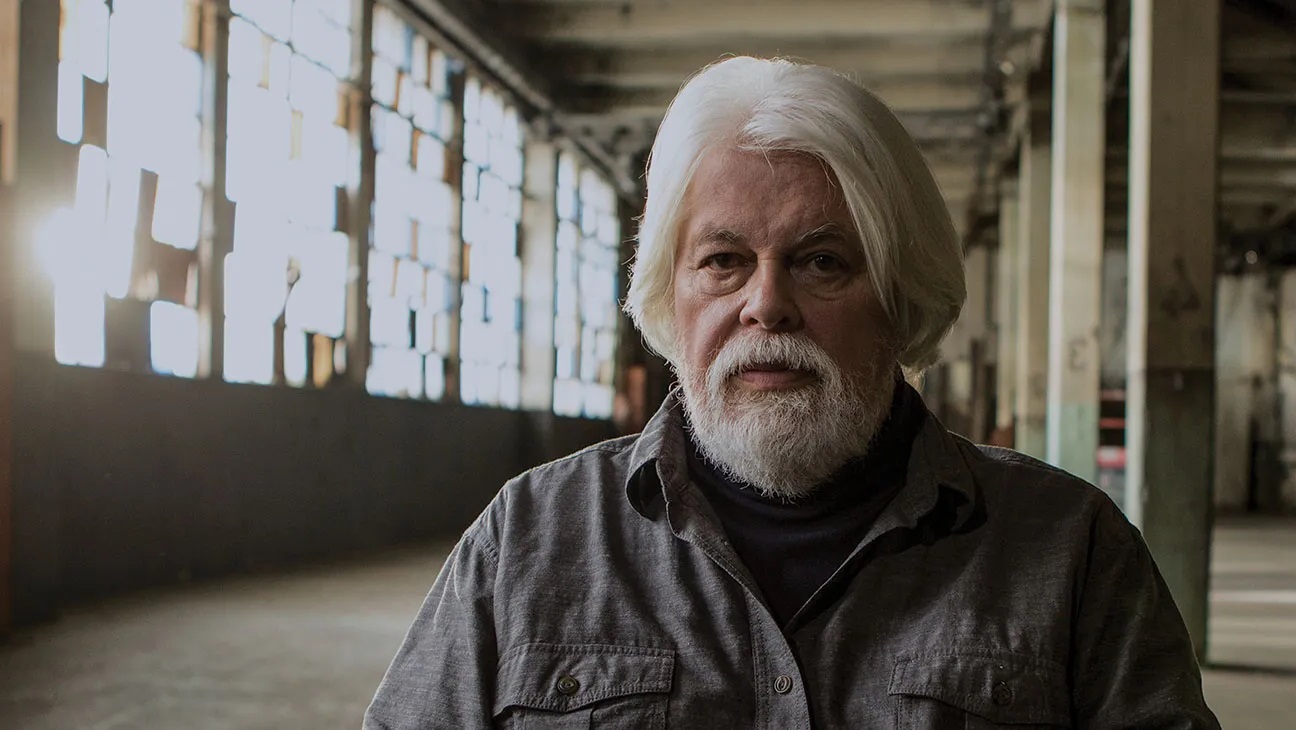
Ever wondered why thrift stores have become such a hit? Is it just about saving a few bucks, or is there more to the story? Thrift stores are not only about snagging a deal but also about sustainability, unique finds, and supporting local communities. In a world where fast fashion dominates, thrift stores offer an eco-friendly alternative that's kind to both your wallet and the planet. From vintage treasures to nearly new items, these shops are treasure troves of unexpected finds. So, next time you pass by a thrift store, remember, it's not just a place to save money; it's a gateway to a world of sustainable shopping and hidden gems. Ready to be amazed by some incredible facts about thrift stores? Let's dive into the world of second-hand wonders and discover why they're more than just a place to find a bargain.
Key Takeaways:
- Thrift stores are not just about affordable shopping; they also help the environment by reducing waste and promoting sustainable fashion. They offer unique finds and support local communities, making them a win-win for everyone!
- Thrift shopping is a treasure hunt that's good for the planet and the community. It's a fun way to find one-of-a-kind items, support charities, and even learn new skills while promoting sustainability and creativity.
What Exactly Are Thrift Stores?
Thrift stores, often known as charity shops, are retail establishments that sell second-hand goods. These items range from clothes and accessories to furniture and home decor. Typically, these stores are operated by charitable organizations to raise funds for various causes. Now, let's dive into some fascinating facts about thrift stores that might surprise you.
-
Origin of Thrift Stores: The concept of thrift stores dates back to the 19th century. They first emerged in the United Kingdom to provide affordable clothing options to the less fortunate while raising funds for charitable causes.
-
Popularity Surge: In recent years, thrift stores have seen a surge in popularity, not just among budget shoppers but also among environmentally conscious consumers looking to reduce waste.
The Environmental Impact of Thrift Shopping
-
Reducing Waste: Shopping at thrift stores significantly reduces waste. Each year, thrift stores divert millions of pounds of goods from landfills, contributing to environmental sustainability.
-
Eco-Friendly Shopping: By purchasing second-hand items, consumers lower the demand for new products, thus reducing the resources and energy required for manufacturing.
The Economic Benefits of Thrift Stores
-
Supporting Charities: Many thrift stores are operated by charitable organizations. Profits from sales often go towards supporting various local and international charity projects.
-
Affordable Shopping: Thrift stores offer an affordable shopping option, providing access to essential and luxury items at a fraction of the retail price.
The Unique Finds in Thrift Stores
-
One-of-a-Kind Items: Thrift stores are treasure troves for unique finds. Shoppers can discover vintage clothing, rare books, and antique furniture that are not available in regular retail stores.
-
Designer Brands for Less: It's not uncommon to find items from high-end designer brands being sold for a small percentage of their original price.
The Thrifting Community
-
A Growing Community: The thrifting community is a diverse and growing group, ranging from budget-conscious shoppers to vintage collectors and fashion enthusiasts.
-
Social Media Influence: Social media platforms have played a significant role in the growth of the thrifting community, with many influencers sharing their thrifted finds and styling tips.
The Challenges Thrift Stores Face
-
Donation Overload: While donations are crucial for thrift stores, managing the sheer volume of items can be a challenge, requiring significant sorting and storage efforts.
-
Quality Control: Ensuring the quality of donated items is another challenge. Stores need to carefully inspect items for damage or wear and tear before putting them on sale.
Thrift Stores Around the World
-
Global Presence: Thrift stores are not limited to any one country; they can be found worldwide, each offering a glimpse into the local culture and fashion.
-
Cultural Significance: In some cultures, thrift stores play a vital role in community support and development, offering not just affordable shopping options but also employment opportunities.
The Future of Thrift Shopping
-
Growing Trend: The popularity of thrift shopping is expected to continue growing, driven by environmental concerns, the allure of unique finds, and the joy of bargain hunting.
-
Technological Advances: With the rise of online shopping, many thrift stores are now offering their goods online, making thrift shopping more accessible to a broader audience.
-
Sustainability Focus: As consumers become more environmentally conscious, the role of thrift stores in promoting sustainability and reducing waste is likely to gain even more significance.
-
Innovative Business Models: Some thrift stores are exploring new business models, such as pop-up shops and curated collections, to attract a wider range of customers.
The Impact of Thrift Stores on Fashion
-
Influencing Trends: Thrift stores have a unique ability to influence fashion trends, with vintage and retro styles often making a comeback thanks to thrift store finds.
-
Promoting Individuality: Thrift shopping encourages individuality in fashion. Shoppers can mix and match unique pieces to create personal, one-of-a-kind looks.
-
Sustainable Fashion: Thrift stores are at the forefront of the sustainable fashion movement, offering an alternative to fast fashion by recycling and reusing clothing.
The Role of Thrift Stores in Community Building
-
Creating Jobs: Many thrift stores provide employment opportunities, especially for people who might face barriers to employment elsewhere.
-
Fostering Community: Thrift stores often serve as community hubs, where people from all walks of life can come together, share stories, and find common ground.
-
Supporting Local Causes: Profits from thrift stores frequently go towards supporting local causes, from food banks to shelters, directly benefiting the community.
Thrift Stores and Education
-
Educational Programs: Some thrift stores offer educational programs, teaching valuable skills such as retail management, customer service, and even repair and restoration techniques.
-
Raising Awareness: Through their operations and community involvement, thrift stores raise awareness about the importance of recycling, sustainability, and conscious consumerism.
The Psychological Benefits of Thrift Shopping
-
The Thrill of the Hunt: For many, the thrill of finding a hidden gem among the racks is a significant draw, offering a sense of achievement and excitement.
-
Stress Relief: Thrift shopping can serve as a form of stress relief, providing a break from the routine and the opportunity to engage in a treasure hunt.
-
Boosting Creativity: The process of searching for and repurposing thrifted items can boost creativity, encouraging shoppers to think outside the box and envision new uses for old items.
A Final Nod to Thrifty Wonders
Diving into the world of thrifts has been nothing short of an adventure. We've uncovered that these stores are not just about saving money; they're about discovering history, embracing sustainability, and fostering community. From the unique finds that tell a story to the positive impact on our planet by reducing waste, thrift stores offer more than meets the eye. They're a testament to the idea that one person's discard can indeed become another's treasure. Whether you're a seasoned thrifter or new to the game, the journey through aisles of pre-loved items is always ripe with potential for surprise and delight. Remember, every visit supports a cycle of giving, receiving, and giving back. So, next time you're on the hunt for something special, consider the thrifty route—you might just be amazed at what you find.
Frequently Asked Questions
Was this page helpful?
Our commitment to delivering trustworthy and engaging content is at the heart of what we do. Each fact on our site is contributed by real users like you, bringing a wealth of diverse insights and information. To ensure the highest standards of accuracy and reliability, our dedicated editors meticulously review each submission. This process guarantees that the facts we share are not only fascinating but also credible. Trust in our commitment to quality and authenticity as you explore and learn with us.


